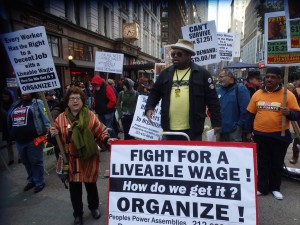This goes without saying for just about any industry out there: when you get a referral to some service or consultation, take it with even a slight grain of salt. Because however beneficial it was for your friend, spouse, uncle, aunt, mother, father, college roommate or coworker — it might not be the same for you. So you want to be sure to ask more questions of relevance to determine if you don’t want to waste your time and move on with the research on speaking with the right financial advisor for your needs.
The “Financial Referral” Is Tricky
It’s not a scam or anything, though! It’s not like you’re getting the rug pulled out from under you, because for sure that acquaintance of yours is telling the truth, and that professional in the financial advisement industry just might be the best of the best. But you may need just a bit more information. Just to be sure. You need to brainstorm about it.
For instance: you can ask about anything regarding regular meetings — if the financial advisor in question really puts forth the effort in managing the finances continuously — or maybe what designation the adviser has, what certifications and qualifications does he/she possess. The answers you get just might steer you in the right direction for yourself regardless of what your financial referral boasts about the professional.
Just bear in mind: it’s a financial referral. A recommendation. It’s not a commandment you have to follow, no matter the cost, just because your financial referral stakes his or her life on it.
Always Get the Goods on Any Referral You Receive
This is why you must ask questions regarding financial advisement, for sure. You’re staking an investment on a professional who will most likely be responsible for managing your money, your stocks, your bonds, your tax planning and estate planning. Everything. That’s a big deal. Don’t take it lightly, please.
Share
Follow Us!


